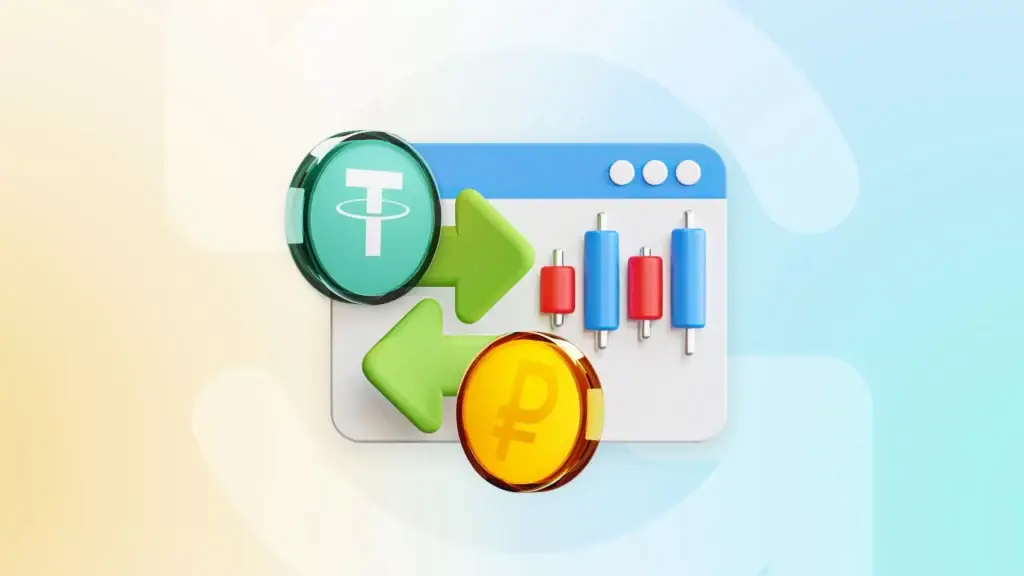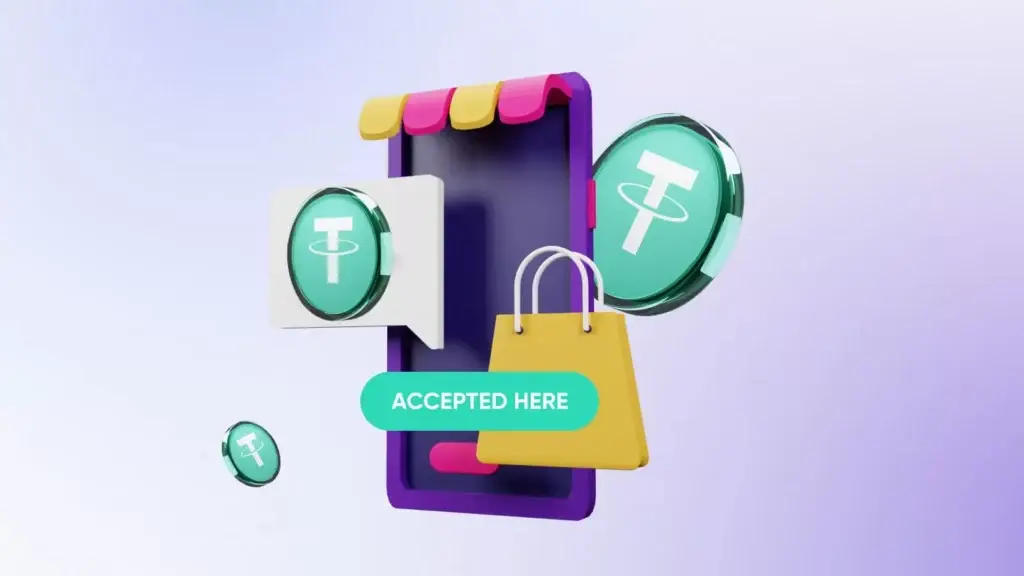In conditions of financial market instability and restrictions on international transfers, buying Tether has become a reliable way to preserve and move funds. The question of how to buy USDT in Russia poses many difficulties for users. There are many options – online exchangers, exchanges, offline transactions, but each has its own features. Let’s consider all the current methods, paying attention to details, commissions, and transaction security.
Online methods: how to buy USDT in Russia through exchangers
Online exchangers are one of the most popular ways to acquire Tether. Platforms act as intermediaries between the buyer and the seller, offering a simple interface and quick transaction processing.

Buying USDT in Russia through exchangers is especially convenient for those who prefer to minimize formalities and quickly get the required amount of stablecoins. Services like BestChange, 60cek, XChange offer a wide selection of exchange directions and promptly update exchange rates.
How online exchangers work
Services provide the opportunity to buy cryptocurrency for rubles using various payment methods: bank cards, e-wallets (YooMoney), as well as transfers through SBP. The platform displays a list of exchangers with current rates and information on minimum and maximum limits. Users can choose the most favorable rate and proceed with the exchange.
Transactions take from 5 to 20 minutes, depending on the service’s workload and the chosen payment method. Commissions range from 0.5% to 2%, so it is important to check the conditions in advance.
How to choose a reliable exchanger to buy USDT in Russia
When choosing, pay attention to the following criteria:
- Reviews and reputation: check on aggregators (BestChange) and independent forums.
- Currency reserves: sufficient amount of USDT for exchange.
- Transaction speed: average transaction execution time.
- Return conditions: policy in case of transaction cancellation.
To minimize risks, it is recommended to use trusted platforms with high ratings and positive reviews.
Step-by-step guide on using an exchanger:
- Open an exchanger aggregator, for example, BestChange.
- Choose the exchange direction: rubles to USDT.
- Specify the payment method (card, e-wallet).
- Enter the wallet address to receive Tether.
- Make the payment according to the details and confirm the transaction.
- Wait for the USDT to be credited to the wallet.
Online exchangers provide anonymity for small amounts, making them a convenient option for quick transactions. However, when buying large volumes, it is worth considering possible risks and commissions.
Exchanges for buying USDT: how to choose and use platforms
 Cryptocurrency exchanges offer more opportunities for working with Tether compared to exchangers. They offer favorable rates, high liquidity, and additional trading tools. However, registration and identity verification are required for transactions.
Cryptocurrency exchanges offer more opportunities for working with Tether compared to exchangers. They offer favorable rates, high liquidity, and additional trading tools. However, registration and identity verification are required for transactions.
Popular exchanges to buy USDT in Russia
The most reliable platforms are: Binance, Huobi, Kraken, and Bybit. These resources offer the possibility to buy USDT for rubles directly or through P2P trading. Binance leads in trading volume and number of active users. The platform’s fees are 0.1% per transaction, and using the BNB token can reduce the fee to 0.075%. Huobi and Kraken also provide high security standards and convenient account funding methods.
How to buy USDT in Russia on an exchange:
- Registration and verification: create an account and undergo KYC procedure to increase withdrawal limits.
- Account funding: deposit rubles via bank card, P2P, or e-wallets.
- Order creation: choose a trading pair (e.g., USDT/RUB) and create a buy order.
- Receiving USDT: credit Tether to the exchange’s internal wallet or withdraw to an external wallet.
Exchanges are suitable for those who plan not only to buy but also actively trade cryptocurrencies. Consider fees for depositing and withdrawing funds, as well as possible restrictions for Russian citizens.
Commissions and expenses on crypto exchanges
Platforms charge several types of fees:
- Deposit fees: vary depending on the funding method (e.g., 1% for card deposits).
- Trading fee: 0.1% to 0.2% per transaction.
- Withdrawal fee: fixed amount for USDT withdrawal (e.g., 1 USDT).
Choosing an exchange with minimal fees will help reduce expenses and increase trading efficiency.
Offline methods: how to buy USDT in Russia with cash
Offline methods are suitable for those who prefer personal transactions and want to maintain anonymity. Buying Tether for cash is possible through exchange offices and private sellers.
How offline transactions work
Offline transactions take place in person. The buyer hands over rubles, and the seller sends USDT to the specified wallet. This method is convenient for those who do not want to leave digital traces or cannot use online services.
The most popular places for meetings are cafes, coworking spaces, and public spaces with video surveillance. Cash transactions require caution, so it is better to choose trusted sellers with a good reputation.
How to avoid risks when buying offline:

- Meet in public places.
- Check the receipt of digital funds to the wallet before handing over money.
- Use devices to verify the authenticity of banknotes.
How to top up a USDT account: available methods for Russians
Account funding is possible through exchanges and P2P platforms. Each method has its own features and charges commissions:
- Funding through exchanges. Most platforms support account funding in rubles. Binance, Huobi, and Kraken allow funds to be deposited via bank cards and e-wallets. Deposit fees range from 1% to 3%.
- Using P2P platforms. P2P trading allows buying USDT directly from other users. Platforms like Binance P2P offer secure transactions using an escrow service. Commissions are minimal or absent, making the P2P method advantageous for large amounts.
Conclusion
 The question of how to buy USDT in Russia is solved by a multitude of methods: from online exchangers to cryptocurrency exchanges and offline transactions. Each method has its advantages and features. Choosing the optimal method depends on preferences for speed, security, and fees.
The question of how to buy USDT in Russia is solved by a multitude of methods: from online exchangers to cryptocurrency exchanges and offline transactions. Each method has its advantages and features. Choosing the optimal method depends on preferences for speed, security, and fees.
 en
en  ru
ru  de
de  ar
ar  es
es  hi
hi  fr
fr  nl
nl  it
it  pt
pt  el
el 











